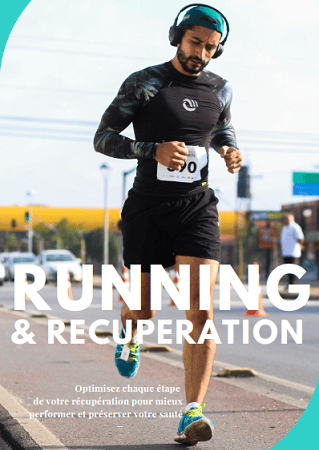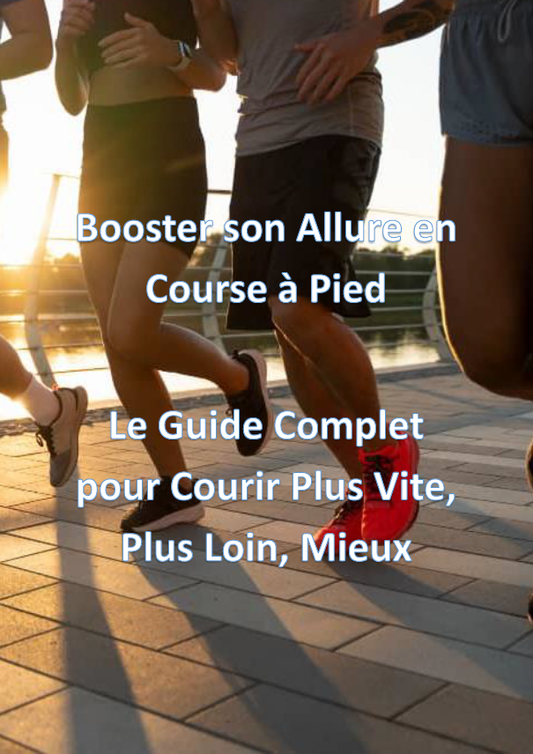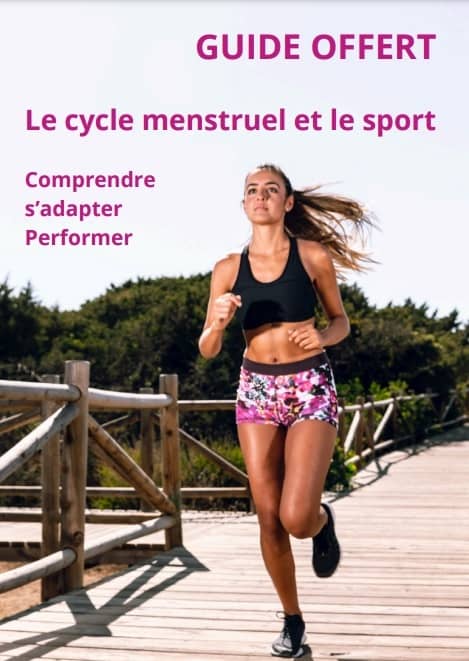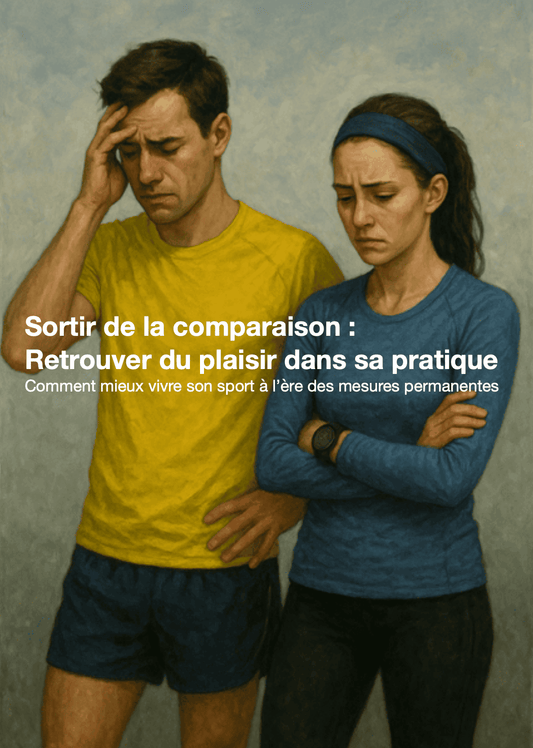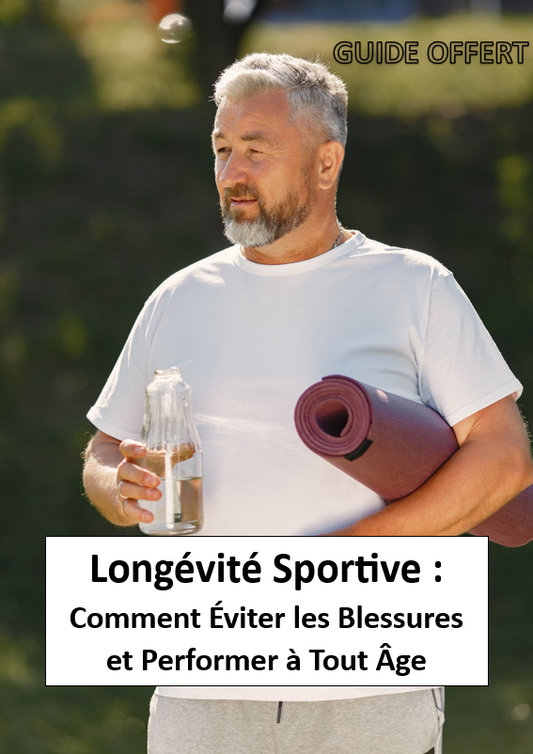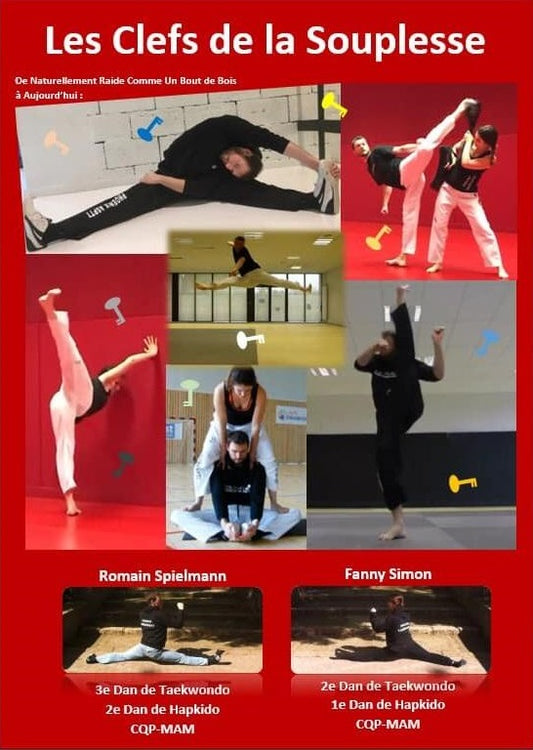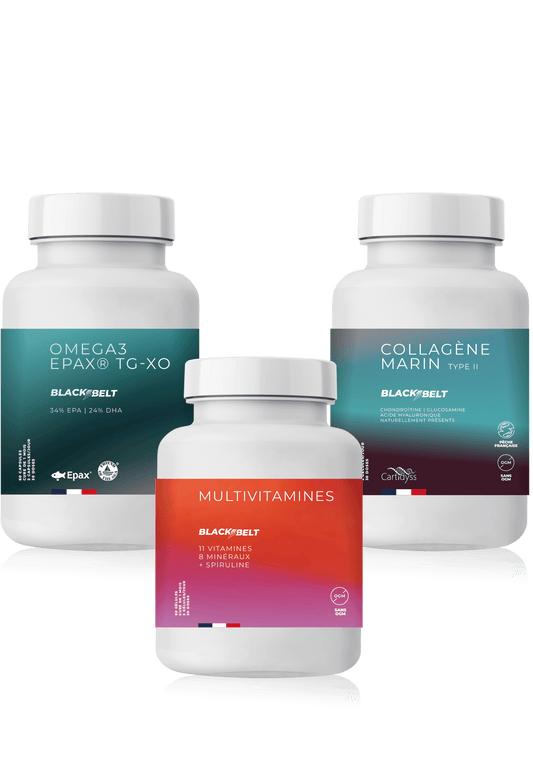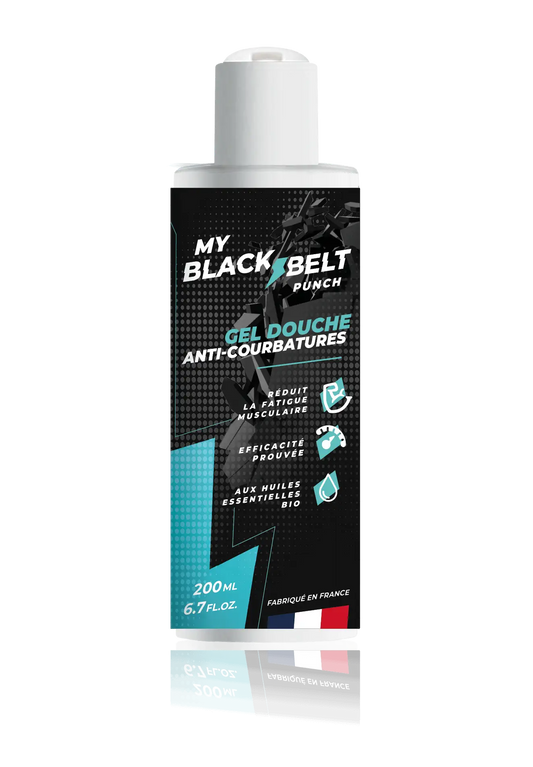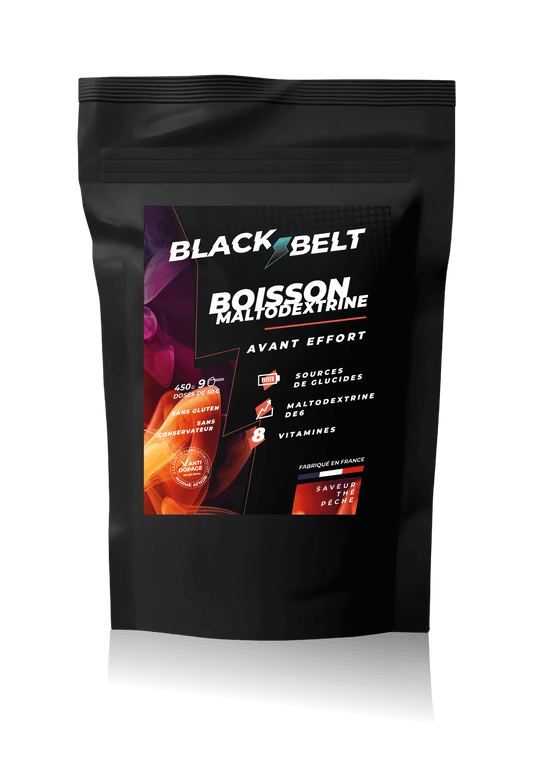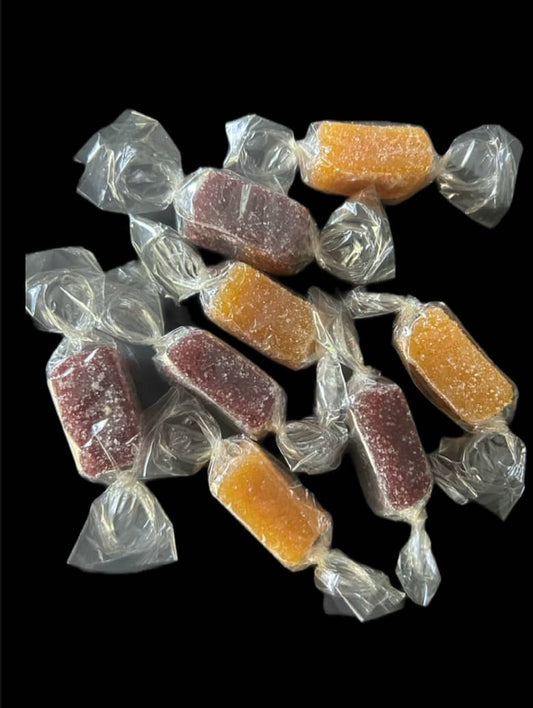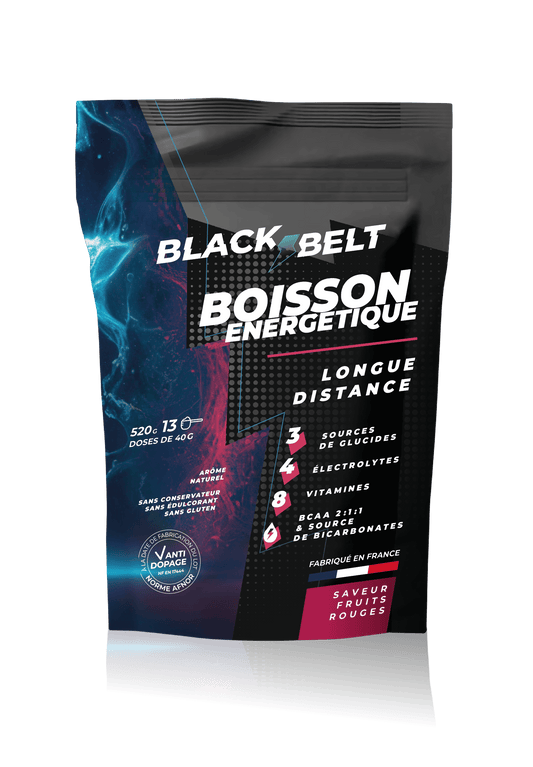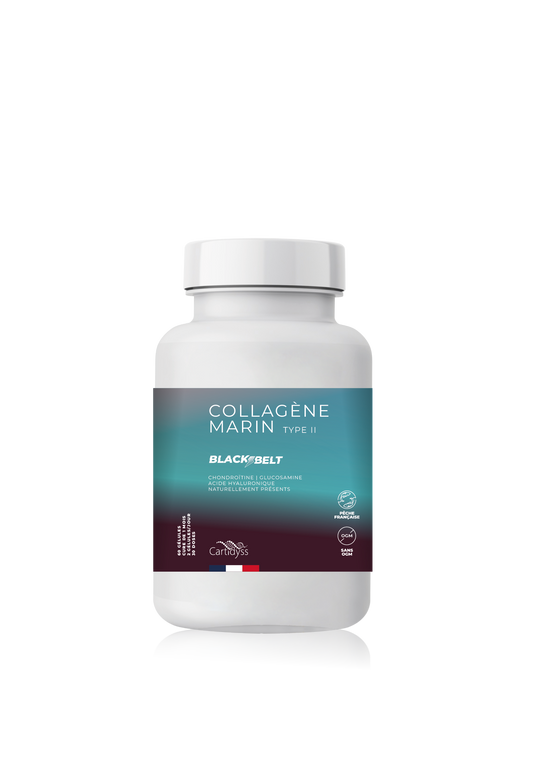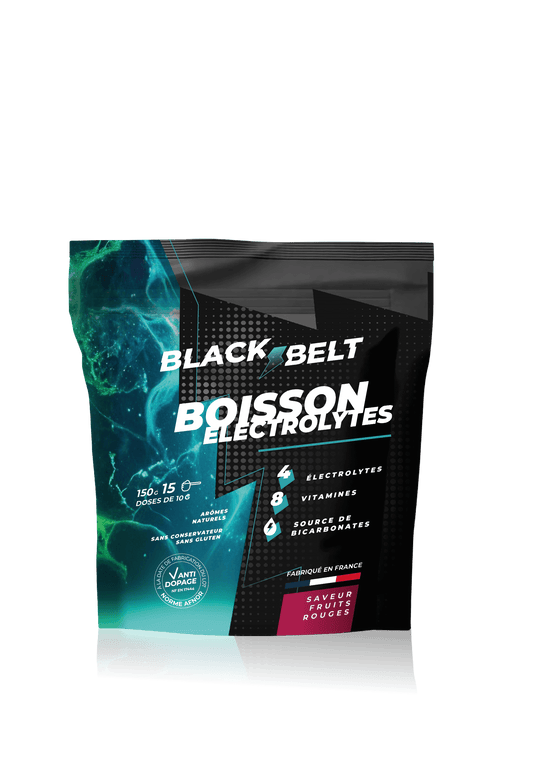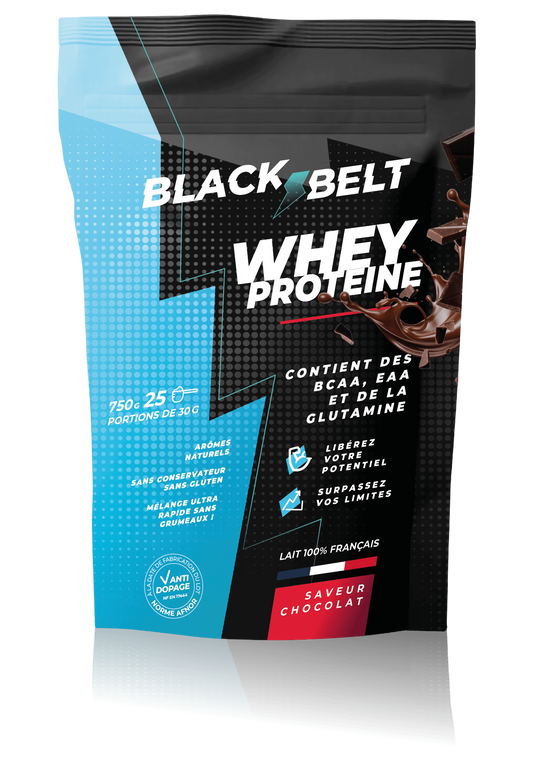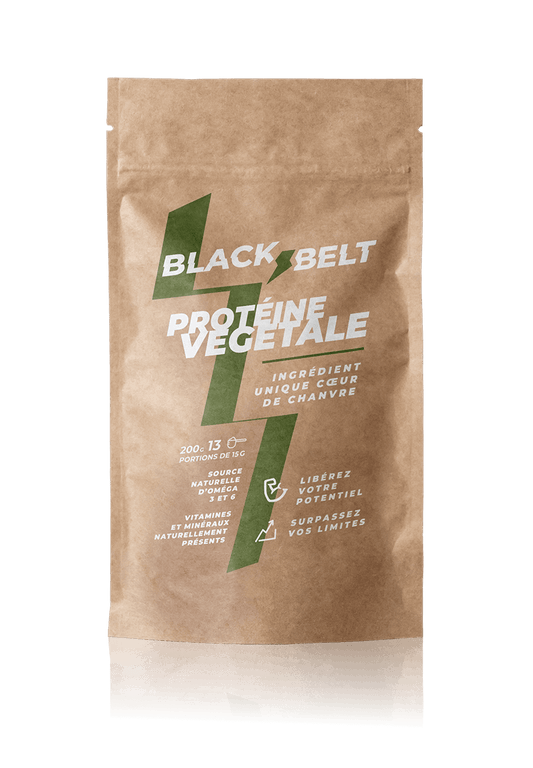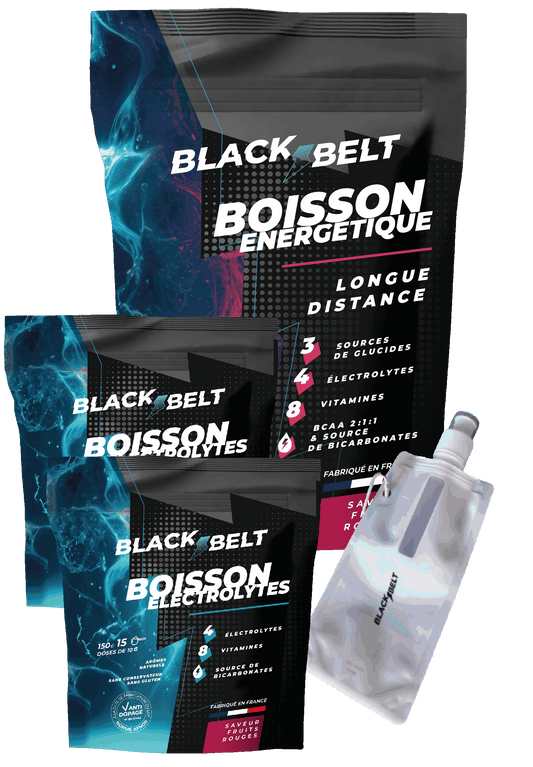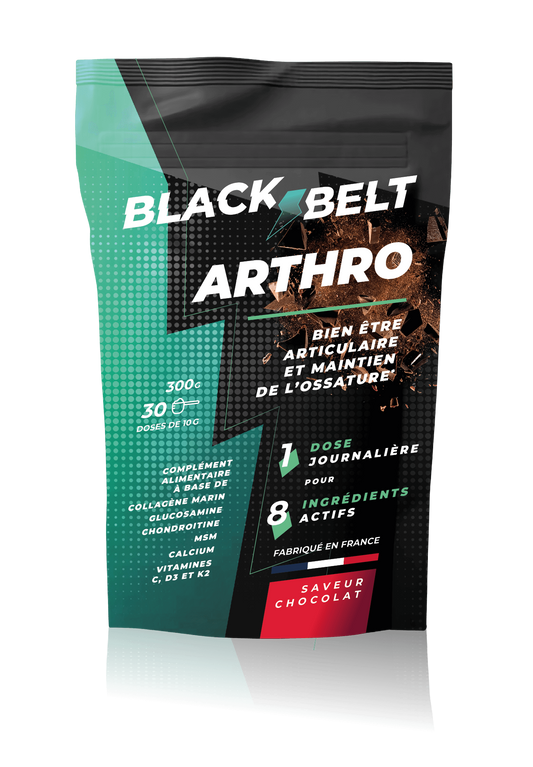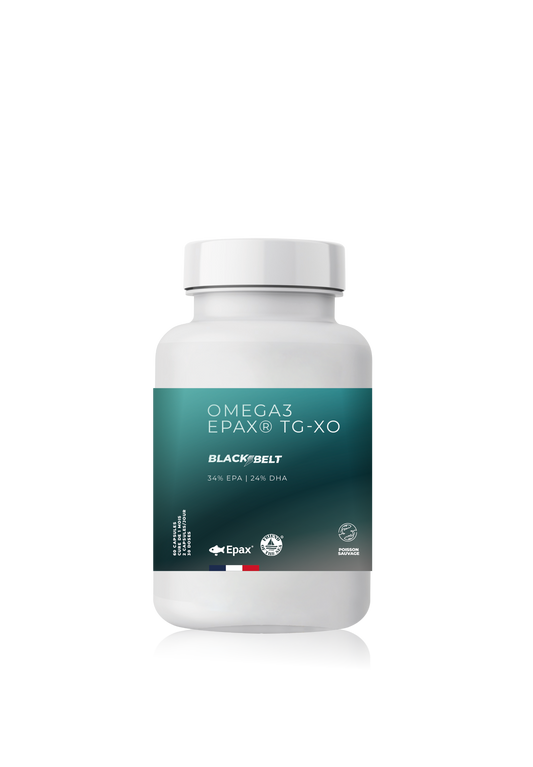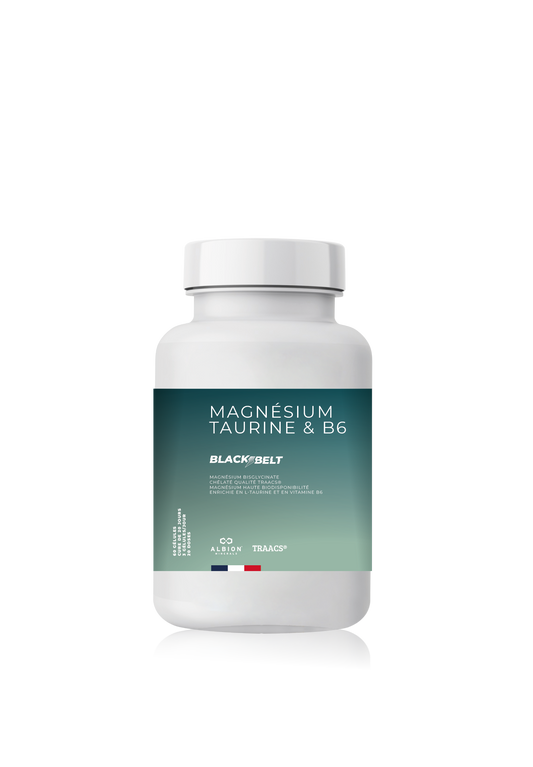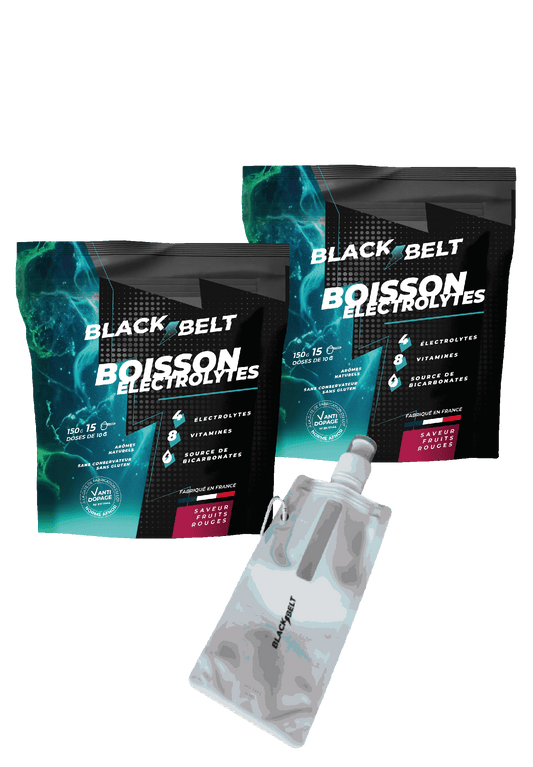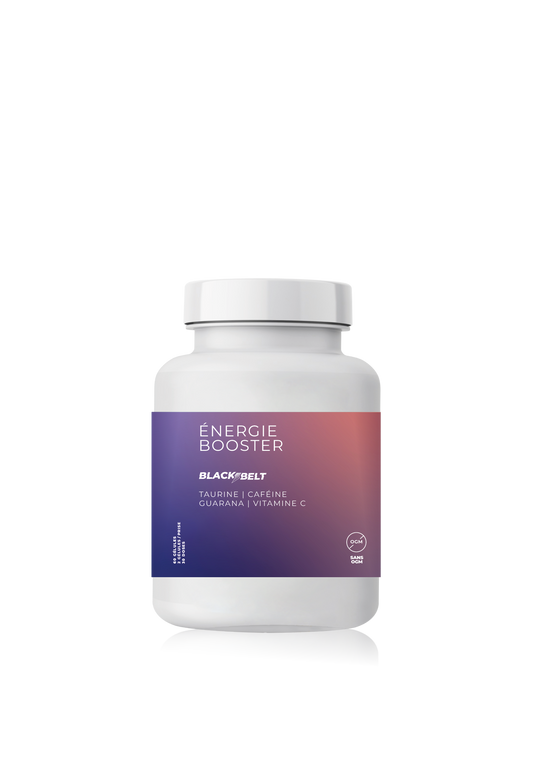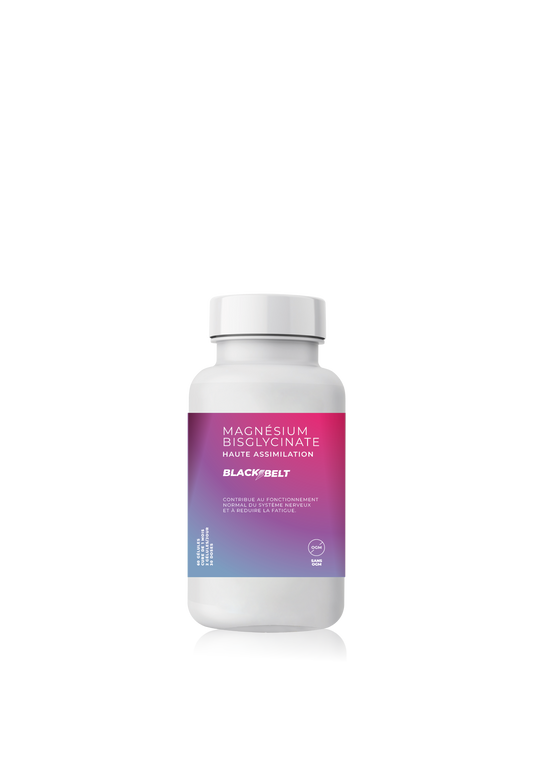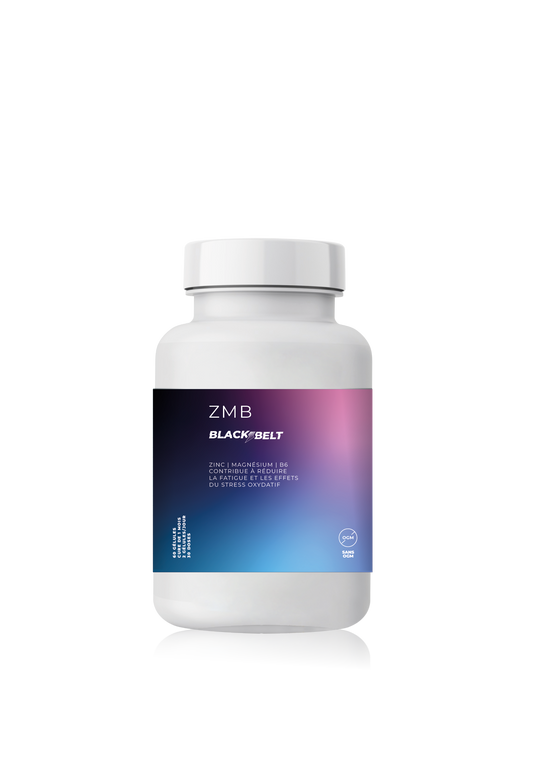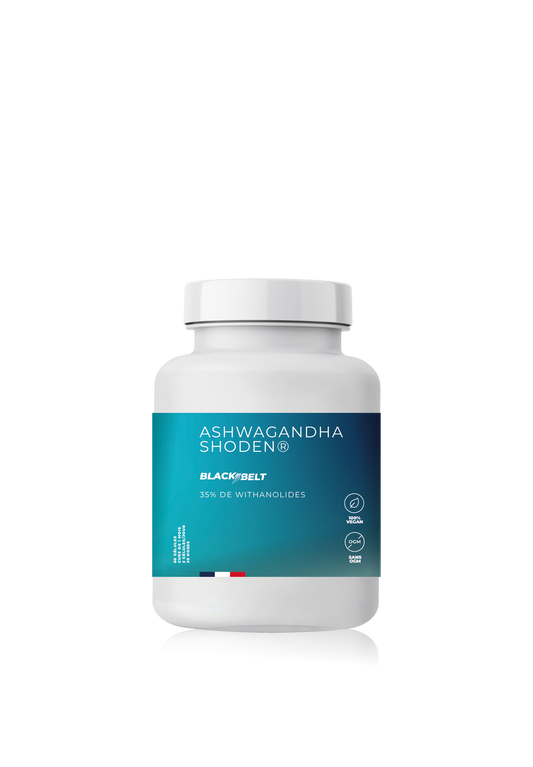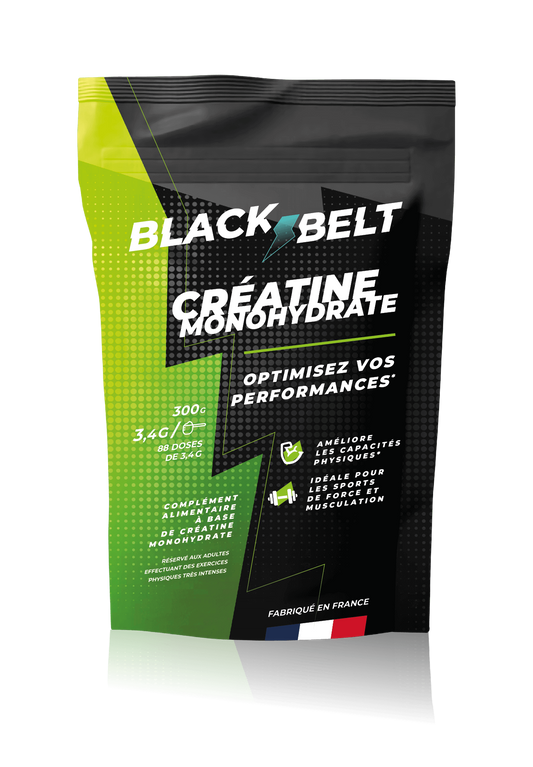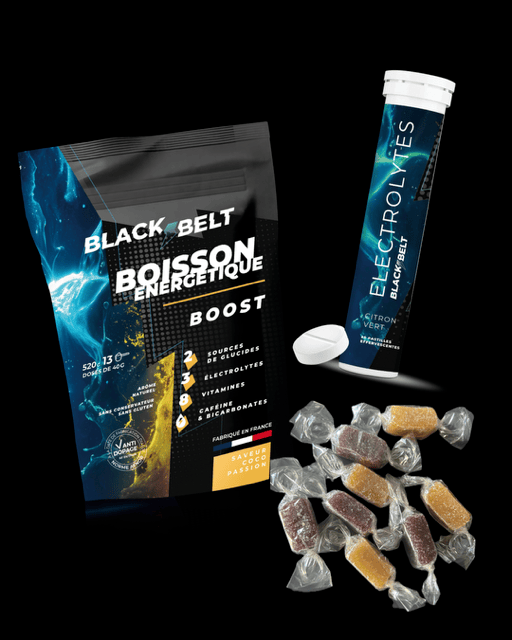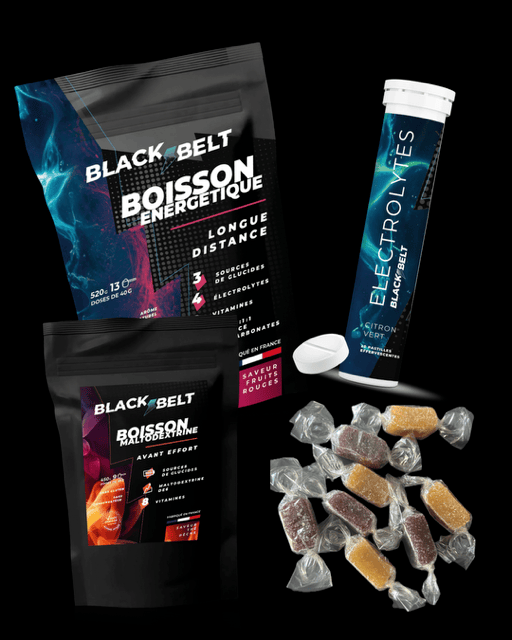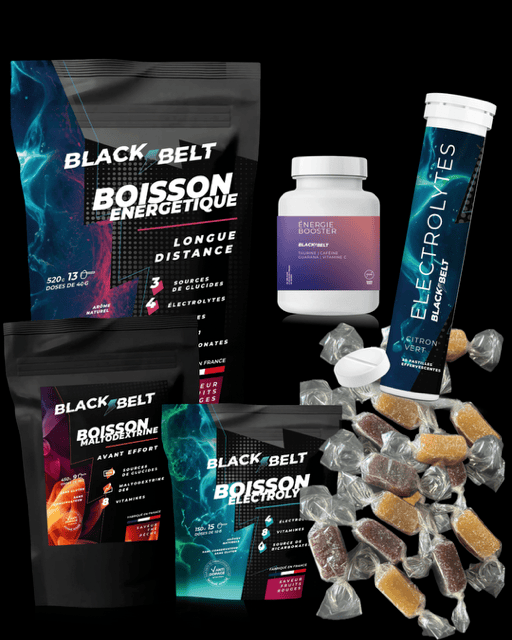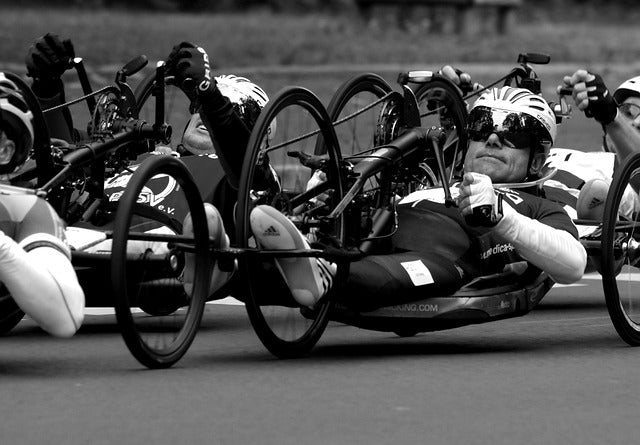
Share
Handbike: everything you need to know about handbikes!
Definition of handbike
The handbike, or hand bike in French, is a type of bicycle propelled by arm power. It allows both people with disabilities and able-bodied athletes to practice cycling using arm strength and, more broadly, upper body strength, without involving the lower body. This three-wheeled bicycle is equipped with a transmission system operated via a pedal system placed at hand level. Like a classic bicycle but in a recumbent position with the pedals in the hands. This recumbent position thus offers a high-performance alternative adapted to the specific needs of each user, and a sensation close to the road, very different from that of a bicycle.
Handbike for able-bodied and disabled people
Contrary to popular belief, handcycling isn't exclusively reserved for people with disabilities. Many able-bodied athletes use it to improve their upper-body strength and diversify their training. For people with disabilities, handcycling represents a mobility solution, a means of accessing competitive sports, and an effective rehabilitation tool after an accident or illness. Handcycling will offer you exceptional sensations on mountain bends thanks to its unparalleled proximity to the road. If you haven't tried it yet, go for it! But it's not uncommon to come across it on urban roads or cycle paths.
Handcycling in paracycling
Paracycling encompasses several disciplines adapted for athletes with disabilities, including handcycling. This discipline requires excellent physical condition, a well-mastered racing strategy, and equipment perfectly adapted to the needs of each athlete. Handcycling athletes in paracycling are demanding, high-level athletes. Paracycling is governed by the International Cycling Union (UCI), which defines categories, regulations and global events.
If you're a stats and numbers junkie, take advantage of our free endurance sports toolbox .

Handcycling at the Olympic and Paralympic Games
Handcycling is a flagship discipline of the Paralympic Games. It is integrated into the paracycling events and includes several categories based on the athletes' disability level. The races take place on the road or in time trials, and the performances are impressive thanks to constant technological advances in bicycle design.
At Blackbelt, specialists in endurance sports nutrition and recovery, we follow athlete Johan Quaile, two-time Olympic handbike runner-up, through his events, nutrition, recovery, and passion.
Buy a used handbike
Investing in a handbike can be expensive . Fortunately, it's possible to find used models in excellent condition at more affordable prices. Many specialized websites, forums, and associations allow riders to buy and sell used equipment. If you choose this option, our advice for a worry-free purchase: Check the condition of the frame, wheels, and drivetrain to ensure safety and performance.
Wheelchair handbike
Handbikes can be used by wheelchair users thanks to specially designed models. There are two main categories. On the one hand, integrated handbikes are designed to be used directly as a sports wheelchair. On the other, adaptable handbikes attach to a conventional wheelchair and allow it to be transformed into a manually propelled bicycle. Obviously, the original wheelchair must be able to withstand this type of force.
These solutions offer users great autonomy and allow them to practice regular physical activity and enjoy the outdoors.
Hand bike, protection and safety:
Obviously, the protections are the same as for traditional cycling: helmet, glasses, gloves, and a suit to protect your skin from burns, not forgetting sunscreen and anti-friction cream! Also remember to signal to motorists with lights and retro-reflective devices, or have a team of supervisors.

Electric handbike: an assisted alternative
Like all vehicles, the handbike is experiencing the wave of electrification . For those looking for that extra assistance, the electric handbike is therefore an excellent option, but obviously you have to put the budget in.
Like a traditional electric bike, the handbike is equipped with an electric motor, which will assist in propelling your bike. This allows you to travel longer distances with less effort. We won't repeat the arguments for electric bikes, but it's a real advantage for people with disabilities who have limited muscular ability to push.
In short, if the handbike allows sensations for everyone, it is more than inclusive and even more so in the electric version!
Handbike and nutrition
Whether for training or competition, nutrition plays a key role in handcycling . The effort puts intense demands on the upper body, which requires an appropriate energy intake and optimal recovery.
At BlackBelt, we have nutrition and recovery products perfectly suited to the needs of handbike and endurance athletes.
Our supplements offer optimized carbohydrate intake to maintain energy throughout exercise, high-quality protein to promote muscle recovery after training, and specific formulas to limit fatigue and optimize performance.
Whether you ride handbikes recreationally or competitively, a proper diet will help improve your endurance and recovery, while reducing the risk of injury.
Handbike and recovery
Handcycling, like any sport at a good level, puts a lot of strain on the body and it is important to focus on recovery to preserve, last and perform!
On the recovery side, our unique recovery shower gel product has been validated by Johan Quaile for a long time (like all our high-level athletes and our customers)! It's sad to see that disabled athletes don't have the same recovery staff as able-bodied athletes. Especially since taking care of yourself is also more complicated, which is why a product like Blackbelt Punch shower gel, which offers the simplest and most practical recovery in the world, is really suitable.
And yes! In one shower, there are numerous proven effects on your muscle fatigue, an anti-soreness gain, a relaxing and well-being effect, in addition to a natural anti-inflammatory cocktail for your tendons and ligaments. In short, the idea is to allow in record time and with a simple gesture a complete recovery for everyone with the aim not only of a more pleasant recovery, but also to minimize the risk of injury and to perform better.
It's no coincidence that many top athletes endorse it ! And yes, an independent study has too, and the press has even talked about it a lot and endorsed it!

Result of Study No. 374568 - Product No. ID-24/03237 Carried out by SGS IDEA in 2024 on an independent sports test panel:
· I recommend this shower gel 95%
· This product is 95% what I expect from a shower gel.
· This product is pleasant to use 95%
· I walk normally within 72 hours post-session legs 90%
· The product reduced my muscle aches by 86%
· This product contributes to my well-being 86%
· This product is 81% relaxing
· This product is a 76% anti-soreness
· This product allows me to reduce my muscle fatigue by 76%.
· This product allows the body to do at least 1 more session
per week 62%
Hand Bike Training and Training Plan
Handbike training is a demanding discipline that combines endurance, strength, and technique. It relies on intense muscle work, primarily on the arms, shoulders, and back. A balanced training program should include strength training sessions and long rides to develop endurance, in addition to your regular rides.
Even if you're focusing on endurance, consider including speed and explosiveness exercises to improve your performance. Pedaling technique and effort management are essential for optimizing efficiency and avoiding injury. Finally, proper recovery, including stretching and caring for the muscles involved, is essential for lasting progress.
The best thing is to get in touch with a club near you, there are more and more of them.
Basic handbike training plan
Obviously, training must be personalized and adapted to each individual. But if you want a basic 4-week program, suitable for beginners or for someone who wants to structure their leisure practice to progress, here is what you can already put in place:
Program objectives
- Develop endurance.
- Strengthen muscle strength
- Improve technique.
- Work on recovery.
4-Week Training Plan
Day 1: Long endurance session
- Objective: Improve cardiovascular capacity and muscular endurance.
- Content :
- 45 to 60 minutes at moderate intensity (60-70% of maximum heart rate).
- Terrain: Flat or slightly hilly.
- Regular cadence, without seeking speed.
Day 2: Muscle strengthening
- Goal: Increase arm, shoulder and back power.
- Content (bodyweight or elastic dumbbell exercises):
- Push-ups (adapted if necessary): 3 x 10-15 repetitions.
- Pull-ups (or elastic pulls): 3 x 8-12 repetitions.
- Military press (dumbbells or elastic bands): 3 x 12 repetitions.
- Core strengthening: 3 x 30-45 seconds.
Day 3: Technical session and cadence
- Objective: Improve the fluidity and efficiency of pedaling.
- Content :
- 10 minutes of gradual warm-up.
- 4 x 5 min at high cadence (80-90 rpm) with 2 min recovery between each.
- 10 minutes of calm return.
Day 4: Active rest or stretching
Yes, rest is above all about optimization too! It's not just about sleeping or watching TV! So make the most of it!
- Stretches for shoulders, back and arms.
- Joint mobilization to improve range of motion.
Consider our joint solutions from Blackbelt to maintain and relieve them!

Day 5: Interval training session
Yes, it's the day that stings! But hurting yourself is for your own good.
- Goal: Improve speed and power.
- Content :
- Warm-up 10 min.
- 6 x 30 seconds intense effort + 1 min 30 slow recovery.
- Return to calm for 10 minutes.
Shorter but more intense sessions! For more challenge, hills can also be a good way to do interval training because the climb will draw on your reserves!
Day 6: Free or specific outing
- Objective: Apply what you have learned in real conditions.
- Content :
- 30 to 60 minute outing depending on fitness.
- Work on restarts and changes of rhythm.
Day 7: Complete rest
- Objective: Recover and avoid muscle overload.
Yes at this point it's well deserved!
Obviously, we don't neglect the basics:
✅ Listen to your body: Do not force yourself in case of unusual pain.
✅ Progressiveness: Increase the training load gradually.
✅ Hydration and nutrition: Drink regularly (think electrolyte drinks and long-distance drinks ) and adapt your diet (with Blackbelt ).
✅ Vary the terrain and intensities to avoid stagnating.
✅ Think about handbike clubs! It's the best (and most user-friendly) way to progress; there are more and more of them in France, and there's bound to be one near you!
With a regular program, you will be able to progress on your handbike!

Conclusion: Handbike is life!
Handcycling is an exciting discipline that allows many athletes, both able-bodied and disabled, to push their limits. Whether for performance, mobility, or leisure, there's a handbike model suited to every need. To optimize your performance and recovery, trust Blackbelt , your ally in nutrition and recovery for cycling and endurance sports.
Now you're at the top of your game for handcycling. Yes, it's still a bit of a new concept, but it's a discipline that's growing fast, and if you haven't tried it yet, get started now! And experience handcycling .
Thanks for reading! At Blackbelt, we regularly discuss cycling and other endurance sports. Be sure to sign up for our newsletter at the bottom of the page!

